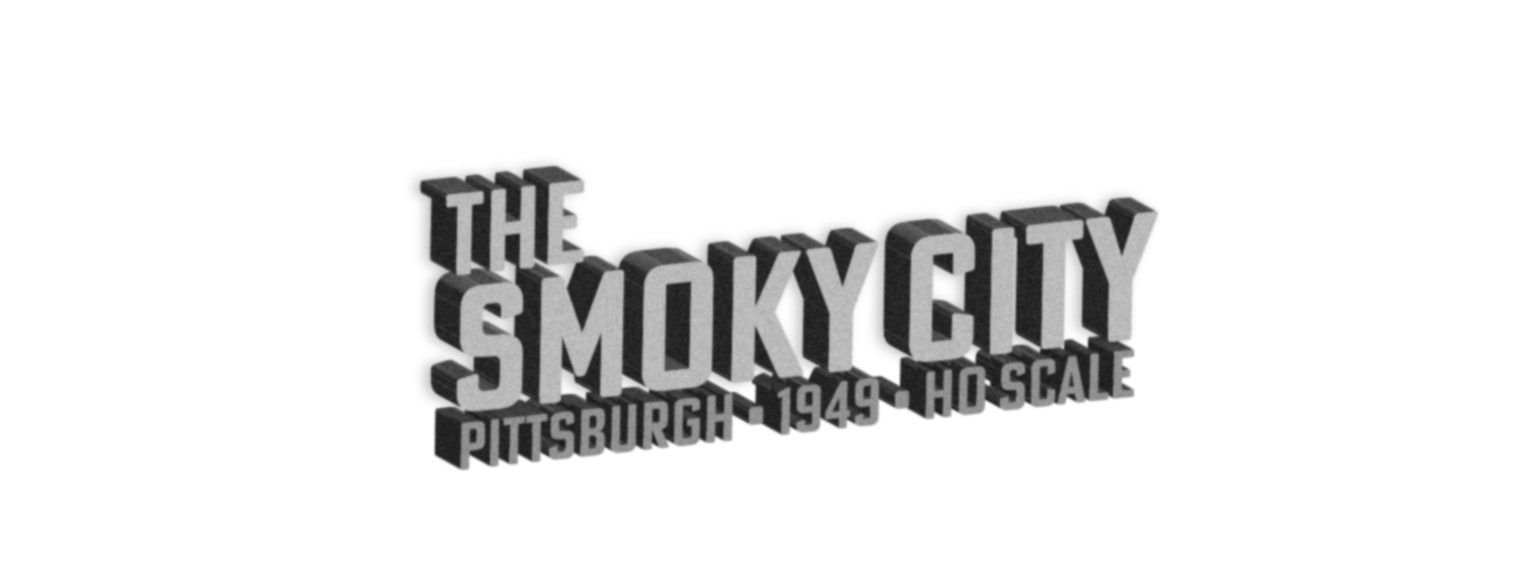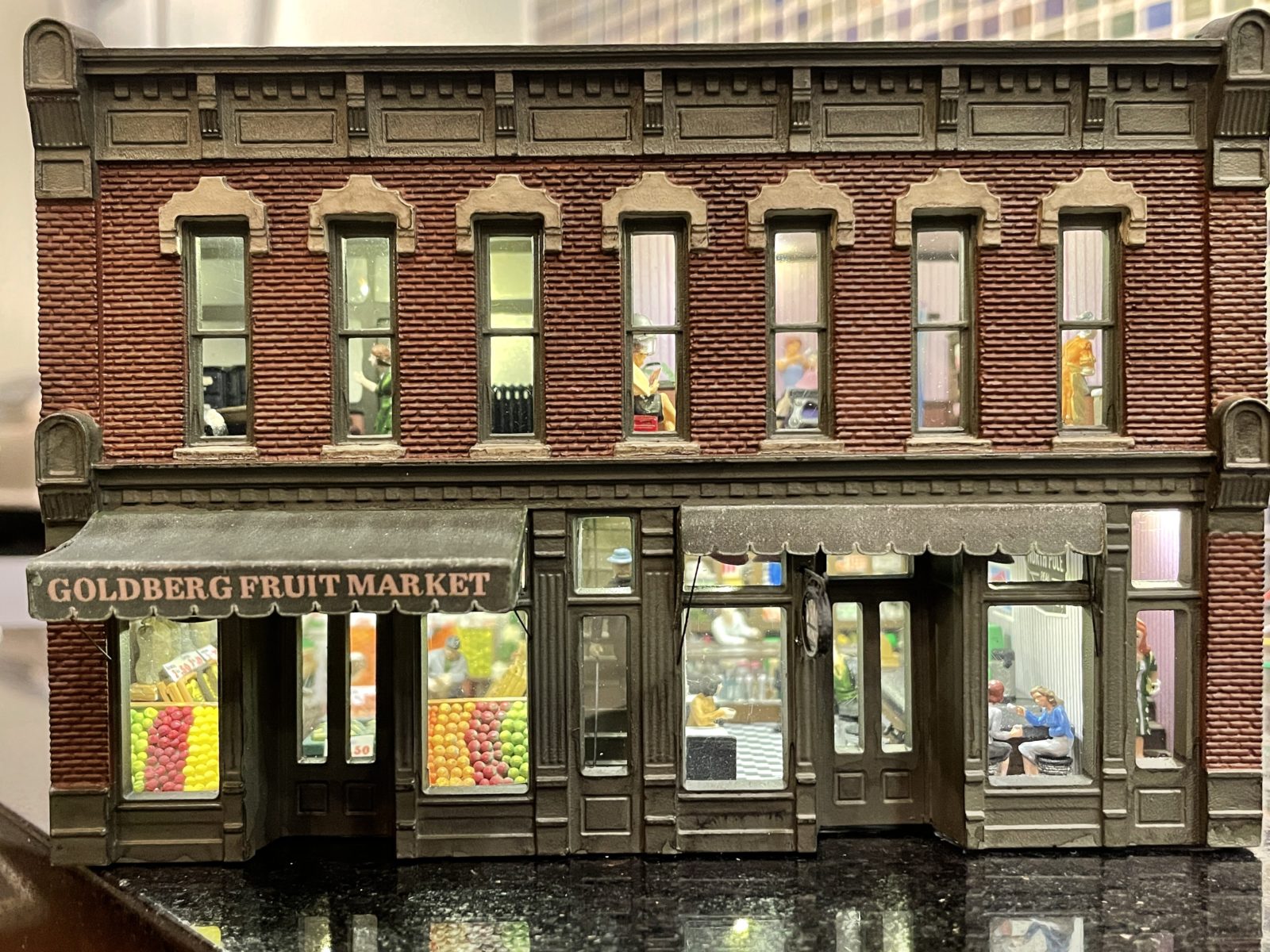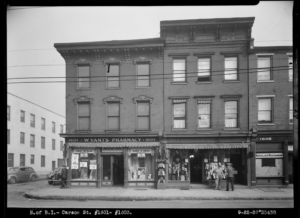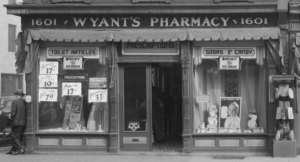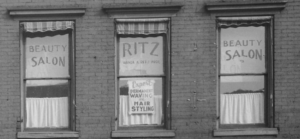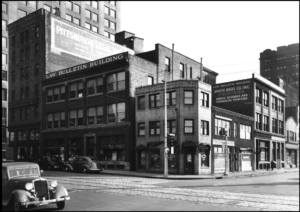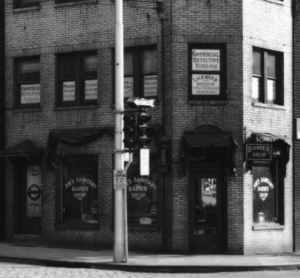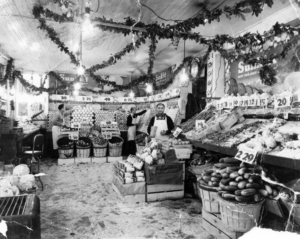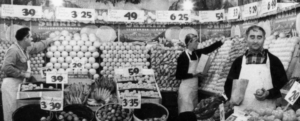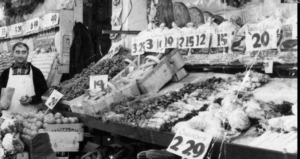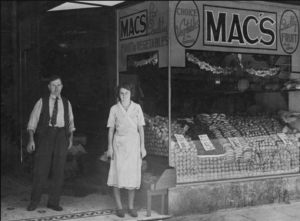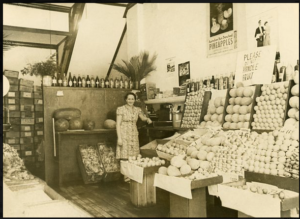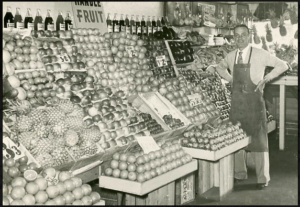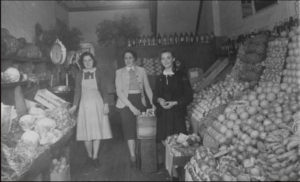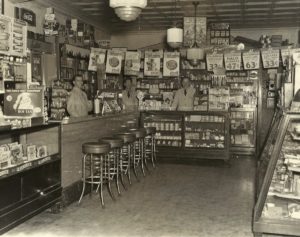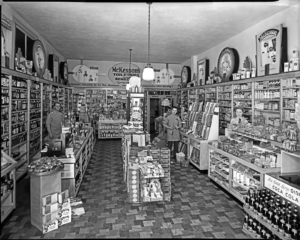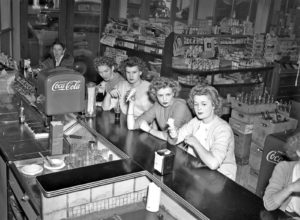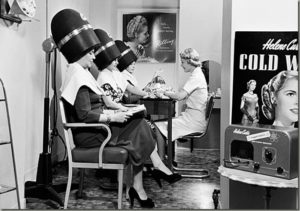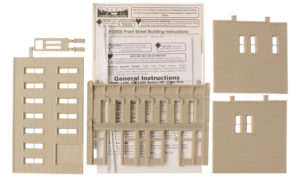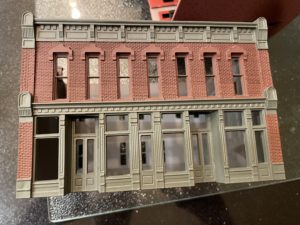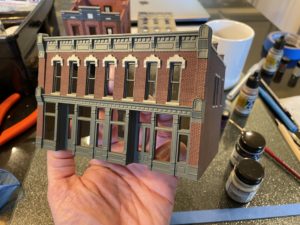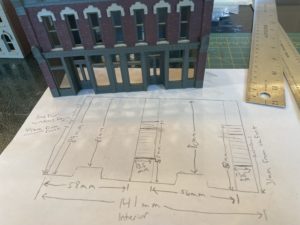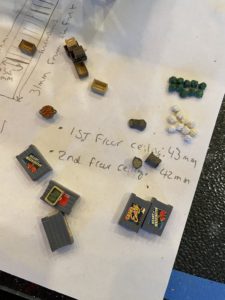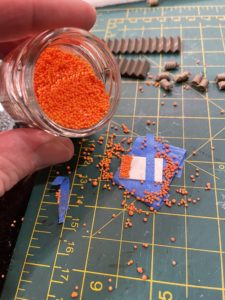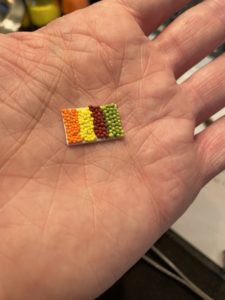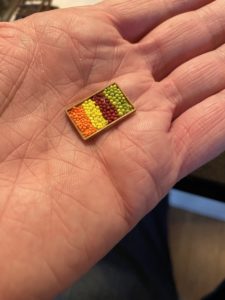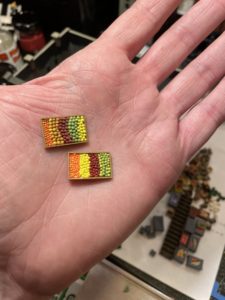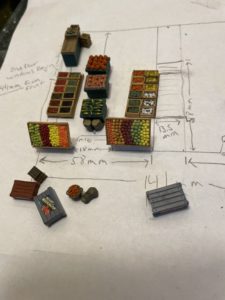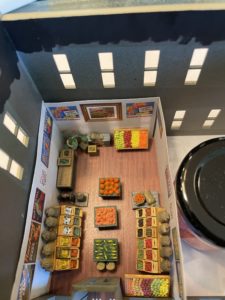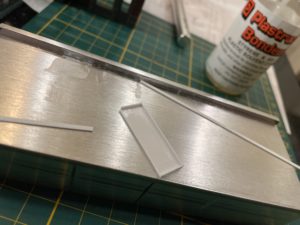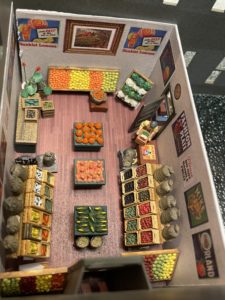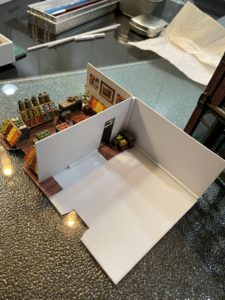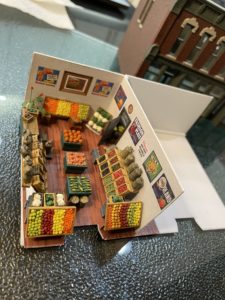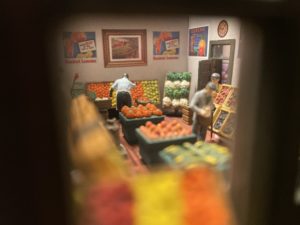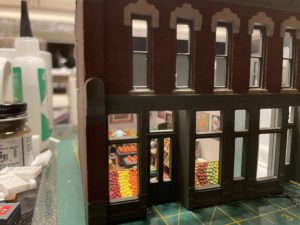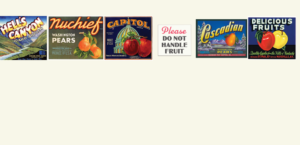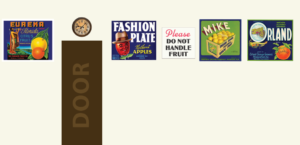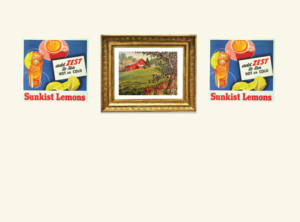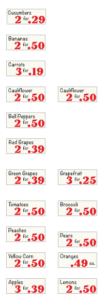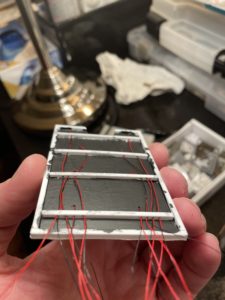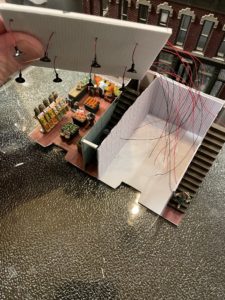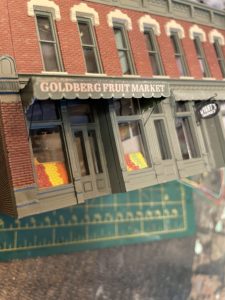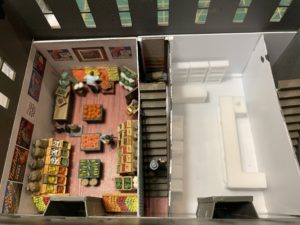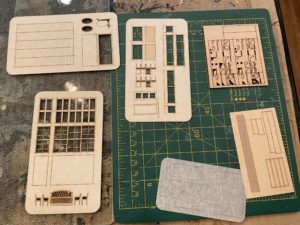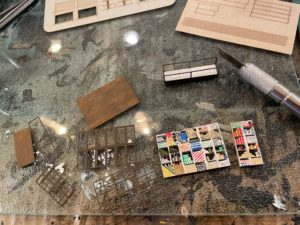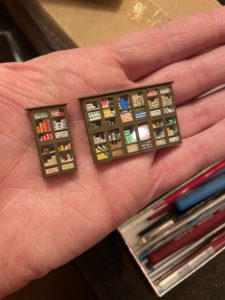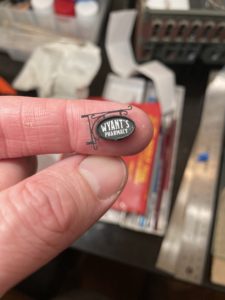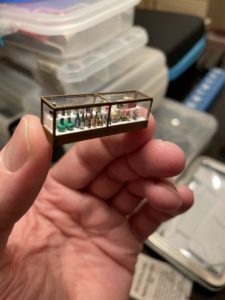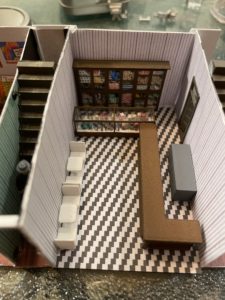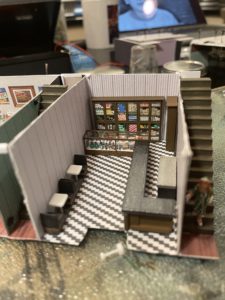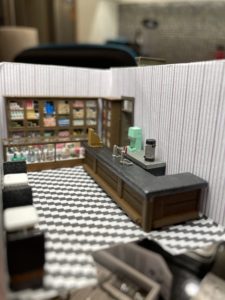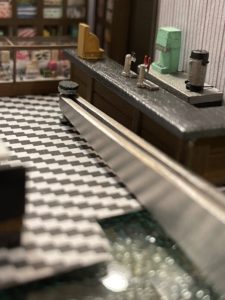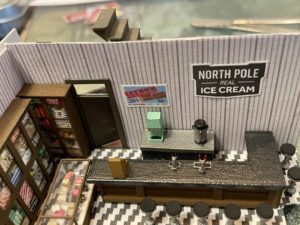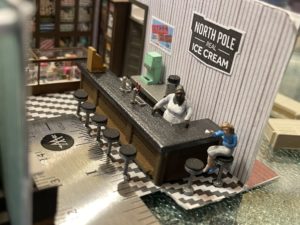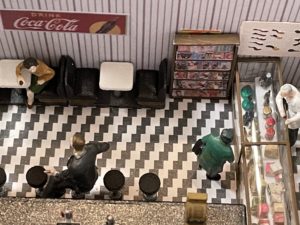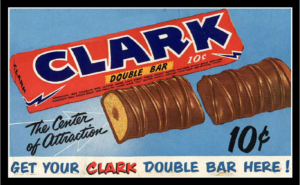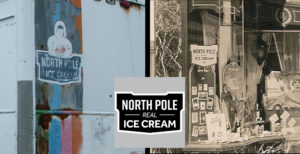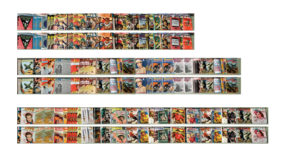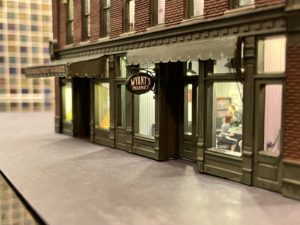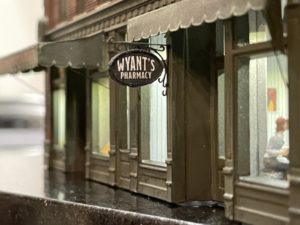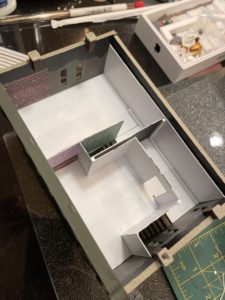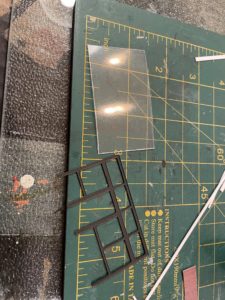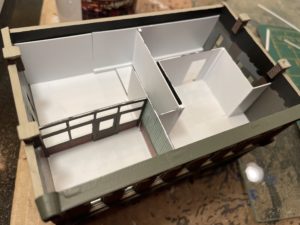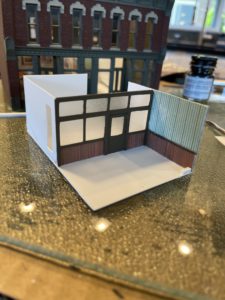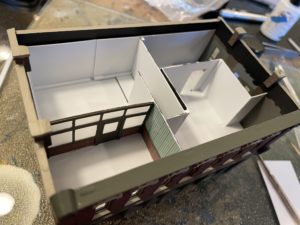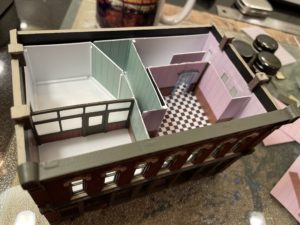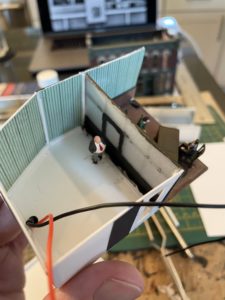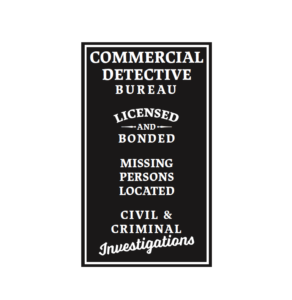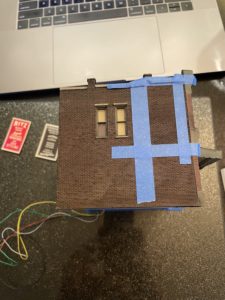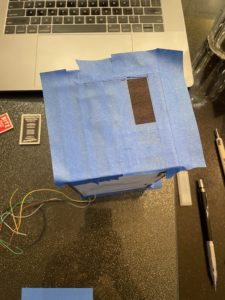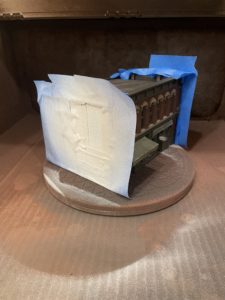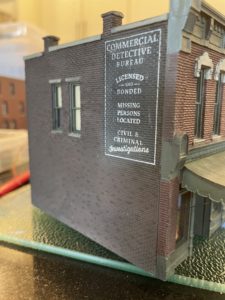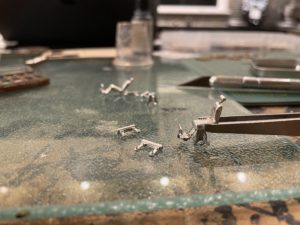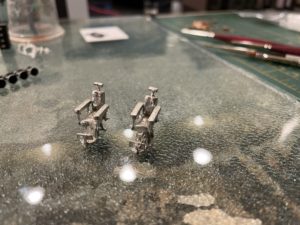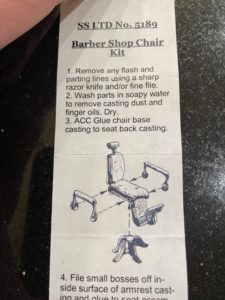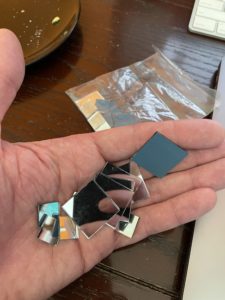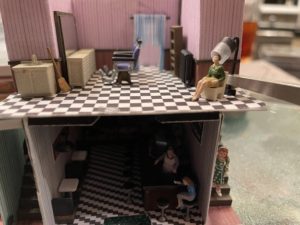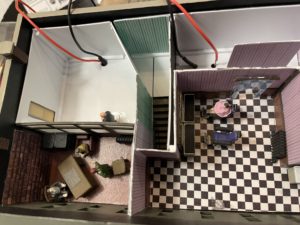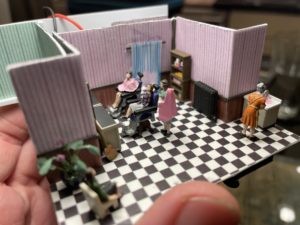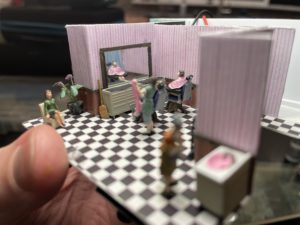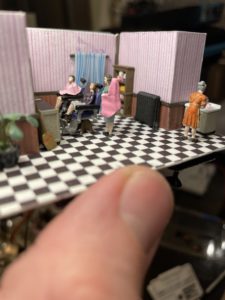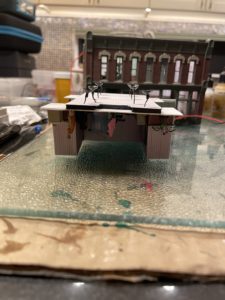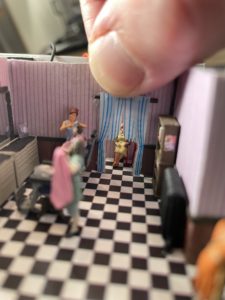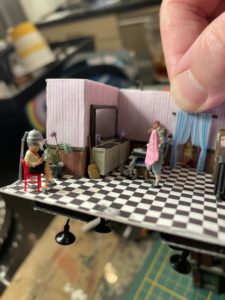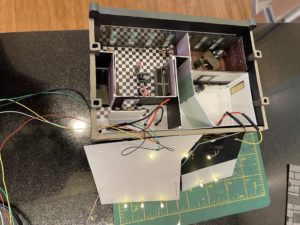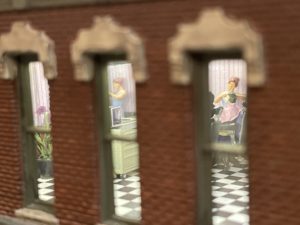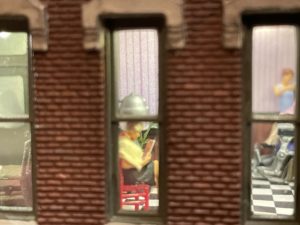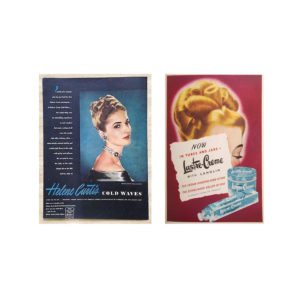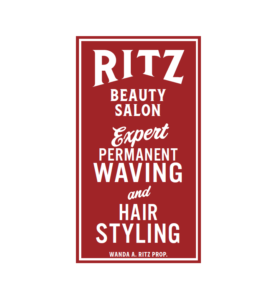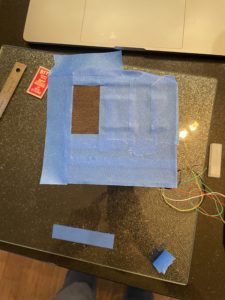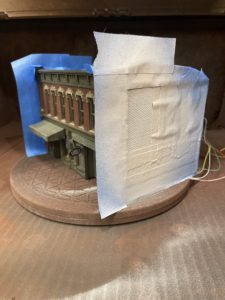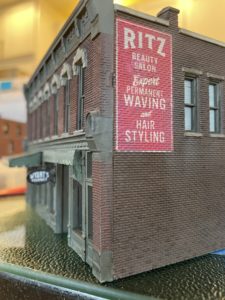My seventh structure project started from the “Front Street Building” kit by Design Preservation Models (Woodland Scenics), which I bought during a husband-sponsored birthday shopping spree at our local hobby shops in March 2021.
When I began the project, I already had four other structure projects at various stages of completion, but the idea of creating two storefronts plus two upstairs businesses in one building seemed like a lot of fun, and a little different than the buildings I was already working on, so I got started anyhow, painting the exterior before I decided what would be inside. I’d get back to the other buildings later. Sometimes switching projects can renew my level of interest and excitement for the hobby in general, and defuses frustration that may creep in with other projects, which are sometimes resolved more easily after taking a break and then taking a fresh look later.
I had some pretty solid ideas on what I wanted the four businesses to be, after having studied photos from Historic Pittsburgh and other sources, depicting interior and exterior views of various Pittsburgh businesses from the 30s and 40s, including the four I ultimately chose: a pharmacy, produce market, beauty salon and detective agency. From the photos, I got an idea of what kinds of detail parts I’d need to create the right look in each scene, and identified which ones were available as 3D-printed parts from Shapeways, or from the regular hobby market, and which ones I could make myself. The order I placed with Shapeways for this building also included a lot of details I’d need for other projects that I had put aside, such as living room furniture for the townhouses.
Fruit Market
Inspiration for the fruit market came primarily from a 1946 interior photo of Goldberg Fruit Market on the South Side. From that photo and others like it, I identified some common produce market features that I thought would help capture the right look:
- Branded produce posters covering the walls above the merchandise
- Overturned wood crates and baskets used as display stands
- Crates, baskets and racks of fruit/vegetables tilted at about 45-degree angles
- Display racks along walls and in storefront windows, covered with neatly-aligned round fruits
- Lights suspended from ceiling
- Hand made signs with prices shown in very bold lettering
- Signs telling customers to not handle the fruit themselves
- Table with cash register and scale
- Workers wearing aprons, placing merchandise into small paper bags
- A door to a back area
Pharmacy
I liked the idea of modeling a pharmacy interior because it’s a combination of a few visually-interesting things in one small space. It’s obviously a place to buy prescription medicines and other health products, but it’s also a newsstand, tobacco shop, coffee shop and soda fountain, which brings social interaction to the scene. A 1937 photo of Wyant’s Pharmacy on the South Side inspired the name and tile floor pattern I used in my model. Studying old photos showed some common pharmacy fixtures I was able to incorporate into my model to capture the right look:
- Separate counters for pharmacist and food/drink service
- Pharmacist counters are glass display cases full of products
- Tall wall-to-wall display cases with glass doors, behind the counter
- Stools at food/drink counter, plus some small tables or booths
- Newspapers and magazines on racks
- Tobacco products
- Posters advertising name brand products for sale
- Brightly lit, lots of white
Private Investigator’s Office
Being a fan of Film Noir, I really wanted to model a PI’s office. The back wall of frosted interior windows was inspired by detective office sets in movies and TV shows set in the 30s and 40s, which would sometimes show a dramatic silhouette of a person on the other side of the glass. In creating this effect, I chose a figure of a bald man with a body shape similar to Alfred Hitchcock, since I’m also a fan of his movies, although he didn’t become known for his silhouette until Alfred Hitchcock Presents began airing in 1955, six years after my modeled time. The shadow figure is eavesdropping on the woman who just stood up from her chair while having a heated discussion with the detective and the man in the other chair, but he’s about to be interrupted by the detective’s partner, who is on his way up the stairs from the street.
Beauty Salon
That 1937 photo of Wyant’s Pharmacy also shows a Ritz Beauty Salon on the second floor of the building next door, which inspired me to model a second-floor salon in this building. I thought it would be fun to incorporate a working mirror into the scene, and I thought that if I could find one of those big salon-style hair dryers in miniature, that detail alone would make it obvious that my scene is a salon. In the end, my mirror ended up not being all that visible from the outside, and my difficulty in finding an HO scale hair dryer sort of put the brakes on the whole project for about nine months.
